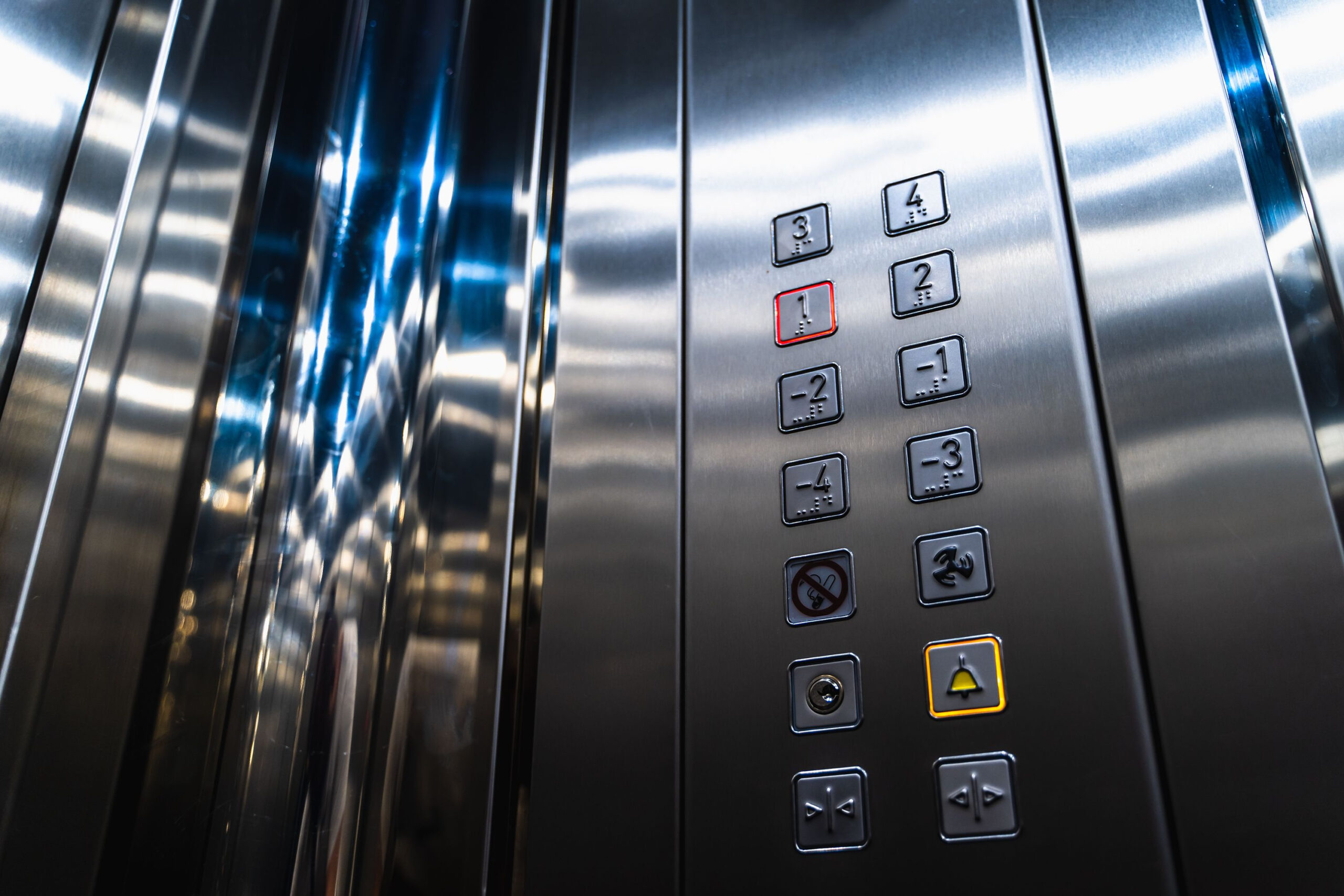Whether you’re a seasoned builder, architect, or building consultant, the significance of lifts in modern structures cannot be overstated. Beyond the practicality of moving large goods in residential buildings or facilitating seamless transitions during house moves, these lifts play a pivotal role in enhancing accessibility and inclusivity.
In the realm of commercial settings, passenger lifts emerge as indispensable allies for carrying shopping, luggage, and multiple suitcases, simplifying the logistics of meetings and daily operations. Moreover, they prove invaluable in navigating unique or challenging home designs, such as those with multiple floors or unconventional layouts.
The introduction of AS1735, a statutory Australian standard that sets out uniform requirements and defines terms for lifts, escalators and moving walks, marked a milestone in ensuring the compliance of lifts in both commercial and residential areas. This standard, first established in May 2016, sets the benchmark for installers and technicians, covering aspects like lift codes, wiring rules, and adherence to the National Construction Code (NCC).
Delving into the specifics, AS1735.12 outlines stringent requirements for passenger lifts catering to individuals with disabilities. From minimum handrail lengths to floor dimensions, entrance protection systems, and emergency communication features, the standards prioritise a comprehensive approach to accessibility. Notably, disabled platform lifts compliant with AS1735.14 are spotlighted, emphasising their automatic nature, specific dimensions, and strategic visibility. Stair climbers and non-automatic disabled access lifts, on the other hand, find no acceptance under AS1735.15, further underscoring the commitment to meeting accessibility needs. The release of AS/NZS 1735.18:2002 added another layer to the narrative, introducing passenger lifts for private residences with a focus on automatic control.
While influenced by European models, the importance of aligning with AS1735.12 and the Disability Discrimination Act 1992 (DDA) Access Codes remains paramount in the Australian market. However, it’s crucial to recognise that the current lift code, AS1735.12-2020, cannot be addressed in isolation. Created for a different market, its combined codes certification currently prevails, emphasising the ongoing importance of elevating standards for all users. For DDA compliance passenger lifts must meet the full requirements of AS1735.12. The minimum facilities considered necessary to meet the access needs of people with disabilities as required by the NCC and AS1735.12 for passenger lifts, include the following:
- Minimum 600mm long handrail located adjacent to the cabin operating panel in compliance with the requirements of AS1735.12
- Floor dimensions not less than 1100mm x 1400mm
- Lift entrance protection system complying with AS1735.12
- Minimum clear door opening on 900mm wide in accordance with AS1735.12
- Lighting in accordance with AS1735.12
- Emergency hands-free self-dialling push button-initiated communication system with audible feedback
- Alarm button shall illuminate when emergency communications have been established
- Cabin operating panels designed to meet AS1735.12 requirements
- Levelling accuracy of ± 6mm
- Visible, tactile and audible information on landings and within the lift
- Call buttons per the requirements of AS1735.12
- Disabled platform lifts compliant with AS1735.14 shall be an automatic type, including automatic doors with a door height of no less than 1000mm. It shall not rely on constant pressure devices for its operation.
- The platform lift shall have a minimum platform size of 1100mm x 1400mm in compliance with DDA requirements
- The platform lift shall be in an area that is easily visible and accessible to the intended user. It shall not be located behind a door of any kind that may restrict the access to the lift
- Stair climbers and non-automatic disabled access lifts conforming to AS1735.15 will not be accepted
The passenger lifts are to be constructed and commissioned in accordance with the nominated standards and legislation covering standards of performance (measurement and/or system):
- Lift general requirements AS 1735.1 2016
- Stretcher facility in lifts NCC 2022 E3D3 DTS (as applicable)
- Warning against use of lifts in fire NCC 2022 E3D4 DTS
- Emergency lifts NCC 2022 E3D5 DTS (as applicable)
- Lift services, landing doors & openings in fire rated shafts AS 1735.11 1986, NCC 2022 C4 DTS
- Facilities for persons with disabilities AS 1735.12 1999, NCC 2022, E3D7 and E3D8 DTS
- Fire Service controls AS 1735.1 2016, NCC 2022 E3D9, E3D10, E3D11 and E3D12 DTS
- Emergency Lighting NCC 2022 E4D4 DTS
In essence for builders, architects and building consultants, embracing and advocating these standards is not just a professional responsibility, but a commitment to creating a more accessible, inclusive, and dignified built environment for everyone. Elevate your understanding, and let’s build a future that rises above barriers.

